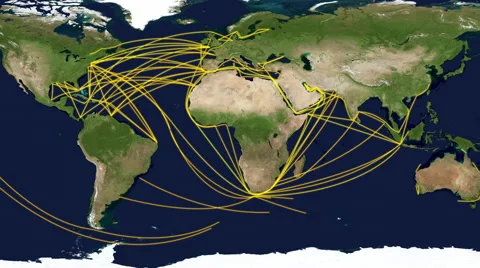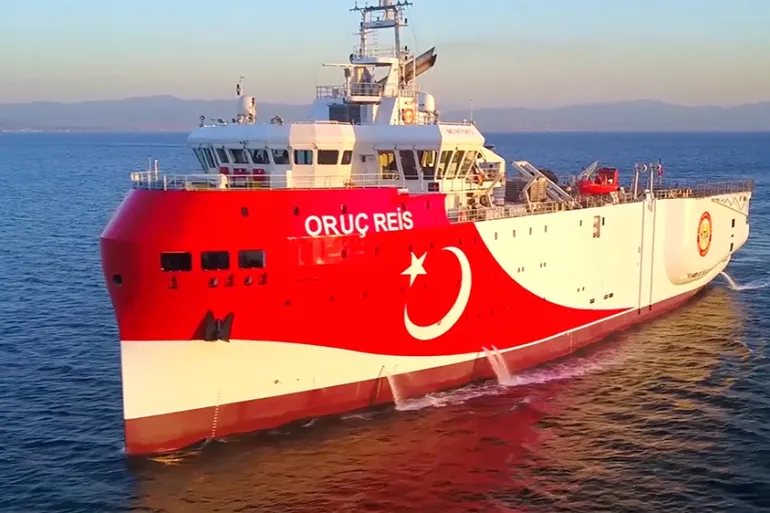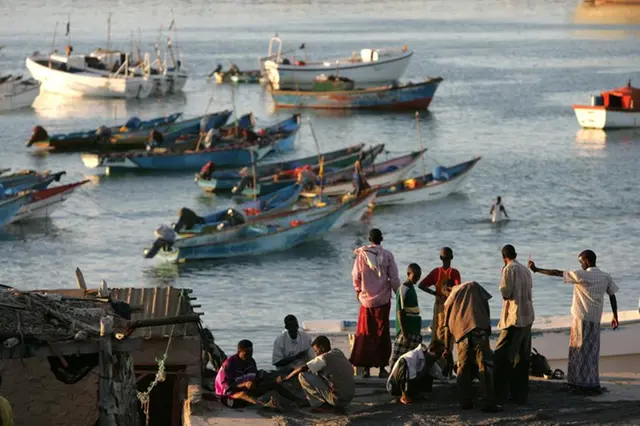Ocean shipping lanes play a crucial role in global trade, commerce, and the overall functioning of the world economy. According to the IMO, about 90% of the world trade depends on the transportation of goods by sea. Some of the busiest shipping routes across the world include:
1. Panama Canal
The Panama Canal is a vital waterway that connects the Atlantic and Pacific Oceans, providing a shortcut for maritime trade and significantly reducing travel distances for ships. Serving as a straight connecting point for vessels travelling between the Atlantic and the Pacific Ocean that would otherwise have to sail around the Cape Horn and South America’s southern tip, the Panama Canal saves every vessel anywhere around 2000 to 8000 nautical miles every trip. This also makes it one of the most strategically built man-made shipping lanes in the world.

Its expansion in 2016 helped widen and deepen the existing route, almost doubling its existing capacity with the addition of two new sets of locks, one each on the Atlantic and the Pacific side. This allowed larger vessels, up to 14,000 TEUs, to pass through, which considerably increased the volume of cargo that travels on this trade lane.
According to official statistics the Panama Canal transported about 259,837,318 metric tons of goods, including coal, grains, minerals, metals, crude oils, fuels, and chemicals, across 12,245 transits in 2020.
2. Suez Canal
The Suez Canal, one of the world’s most popular trade routes, is also the fastest and the most direct trade link between Asia and Europe, with energy, commodities, componentry and consumer goods being the chief transportation items. In 2020 about 19,000 ships travelled on this 193 km route, representing 12% of global trade and 30% of global container traffic. The Suez Canal is also a key regional shipping hub for oil and hydrocarbons from Asia and the Middle East to Europe, responsible for transporting about 7-8% of the world’s oil and 8% of liquefied natural gas.

3. Dover Strait
An estimated 22% of British imports from the EU and 30% of British exports to the EU travel over the Dover Strait, making it an important trade link between Europe and UK. The total valuation of trade between UK and EU countries is estimated to be about 123 billion USD, a number that makes up 25% of trade between these two regions, with postal and courier freight, computers, electronics, and transport equipment being the chief items transported along this route.

The strait is situated on the narrowest portion of the English Channel, marking the boundary between the channel and the North Sea that separates the UK from continental Europe.
Any vessel crossing the English harbours and entering European harbours or those entering the North and the Baltic Sea through the English Channel have to pass over the Dover Strait. On the straight’s British side, the harbour of Dover, and on the French side, the harbour of Calais are considered to be two of the world’s most engaged harbours.
4. Strait of Malacca
The Strait of Malacca is one of the most important and busiest waterways in the world, connecting the Pacific Ocean to the Indian Ocean. It connects three of Asia’s biggest economies: India, China, and Japan to each other and other important Asian economies such as Thailand, Indonesia, Malaysia, Philippines, Singapore, Vietnam, Taiwan, and South Korea, making it an important arterial shipping lane in the world. It shoulders one-quarter of the world’s sea trade, handling about 50.000 vessels per year.
Transport items include Chinese manufactured goods, Indonesian Coffee and palm oil.

The Strait of Malacca is also the shortest sea route between Persian Gulf suppliers and key Asian economies, facilitating a large volume of oil transportation along this route.
From the economic point of view, trade flow from the Strait of Malacca is especially significant to China. It serves as its pathway for energy products from the Middle East and raw materials from Africa, where China has invested billions of dollars in mining and infrastructure projects.
5. Strait of Hormuz
The Strait of Hormuz is a strategically significant waterway located between the Persian Gulf and the Gulf of Oman. It is one of the most crucial choke-points for global oil transportation. The strait is a vital choke-point for the transportation of oil. A significant portion of the world’s oil, particularly from countries like Saudi Arabia, Iran, Iraq, Kuwait, and the United Arab Emirates, passes through the Strait of Hormuz.

The strait is relatively narrow, with a width varying from about 21 miles (34 km) at its narrowest point to approximately 92 miles (148 km) at its widest.
Due to its strategic location, the Strait of Hormuz plays a critical role in global energy security. Any disruption in the flow of oil through this narrow passage can have a significant impact on global oil prices and the world economy.
The economic impact of the Strait of Hormuz extends beyond oil transport. The waterway is also crucial for the transportation of goods and commodities, supporting the economies of the countries in the region and global trade.
6. Strait of Gibraltar
The Strait of Gibraltar is a narrow passage of water that connects the Atlantic Ocean to the Mediterranean Sea and separates Europe from Africa. At its narrowest point 13 km of water separates Spain’s Point Marroqui and Morocco’s Point Cires. Ferries cross between these two continents in about 30 to 40 minutes.
Although the Strait lies in the territorial waters of Spain, Morocco and Gibraltar, per the UNCLOS, international ships and aircraft can freely cross the passageway for continuous transit.






